|
By now, I'm sure we've all heard of gamification -- a strategy that employs game-like elements in non-game contexts to improve employee, student or even just life engagement.
As someone who has studied and blogged about playfulness for years, I want to be on-board with the gamification movement. The problem is... a lot of managers are doing it totally wrong.
On the one hand, games offer clear rules and feedback. Managers can provide incentives and reward systems
On the other... however great this sounds, the reality is often frustration. And even bad PR. For example, when Disney tried to gamify laundry work, employees reported feeling like the "game" was more of an "electronic whip," and giant leaderboards made them fearful that their healthcare costs would increase if their performance dropped. The good news is that there's pretty much no way you can possibly fail as hard as Disney. The even better news is that there is a pretty easy fix to the two most common mistakes managers make when gamifying work. In this post, I will explain the mistakes you're (probably) making and how to correct them. Then, if you're really devoted, you can check out some of the reading recommendations (which I highly recommend :P) at the end of this post.
1. You tried to mandate play.
Before you can study anything in psychology, you need to define it. Which is why there is a formal definition of play. Genuine play is a lot of things -- autotelic, autonomous, and attuned, for example. But above all else, play is voluntary. Play is fun, in part, because it is voluntary. But play is voluntary because it's fun. It's a beautiful cycle. Many offices run into problems with gamification because they are trying to mandate something that must, by definition, be voluntary. When you force someone to "play," you add stress and constraints to their work. This can sometimes motivate non-creative employees, like assembly and manual laborers. Setting goals or offering rewards for speed or accuracy can be powerful incentives, especially for lower-wage workers. (Just remember: money is typically a very poor motivator with diminishing returns on engagement, quality of life, and job satisfaction.) But. It can have the opposite effect on creative work, which relies on keeping an open mind, exploring multiple ideas and solutions, and knowing that it is okay to experiment, tinker and make mistakes. 2. You set goals and metrics for your workers, then monitored (or micromanaged) their progress. Basketball games have scoreboards. Foosball has scoreboards. So it makes sense that in order to "gamify" something, you need to make it a competition. You need to keep score. You need to monitor everyone's progress and push them to hit specific milestones. Right? Well... not quite. We already know that play is, by definition, voluntary. But another critical dimension of play is that it is self-directed. Moreover, it requires (and builds) trust. When we set a group of children free on the playground, we trust them to self-organize. They decide what games they want to play. They pick the rules they want to use. They pick their teams. And they keep their own score. And when adults try to intervene with this process, children complain that the adult is "sucking the fun out of it." Adult play is the exact same way. If you want a truly gamified workplace or objective, you must allow employees to self-organize... and you need to trust them to meet the goals and milestones they determine for themselves. Here's the solution to both of these mistakes: Take an Agile approach to your gamification strategy. The funny thing about failed gamification strategies is that they're almost exactly the same as every meaningless, ritual scrum meeting ever. Instead of following the advice that Jeff Sutherland shares in his book, Scrum: The Art of Doing Twice the Work in Half the Time -- that is, building projects around motivated teams and individuals, then trusting them to get it done while making sure they have the support and resources they need... You give each team a performance-measuring board covered in numbers. Then you meet at a set interval and look at the numbers. Sounds super engaging, right? Yeah. I didn't think so, either. Learn from this. Apply it to your creative workspace. If you want a truly gamified workplace or objective, you must allow employees to self-organize... and you need to trust them to meet the goals and milestones they determine for themselves. It's not about numbers and scoreboards. And it's definitely not about "winning." In fact, according to play expert Bernie De Koven, author of A Well-Played Game: A Player's Philosophy, you have to care more about whether everyone's enjoying themselves than whether you're going to win. So, as you refine your gamification plan, remember to keep it agile -- and remember that you need to honor the principles of play, including trust, autonomy, self-organization, mutual enjoyment, and intrinsic motivation. My final book recommendation is Dr. Stuart Brown's Play: How It Shapes the Brain, Opens the Imagination, and Reinvigorates the Soul. Brown's work for the National Institute for Play literally changed the direction of my life, and his book will seriously blow your mind.
1 Comment
|
About the Author

Eva is a content specialist with a passion for play, travel... and a little bit of girl power. Read more >
Want to support The Happy Talent? CLICK HERE!
Or Find me on Patreon!
What's Popular on The Happy Talent:
Trending in Dating and Relationships:
What's Popular in Science: Playfulness and Leisure Skills:
Popular in Psychology and Social Skills:
Categories
All
|
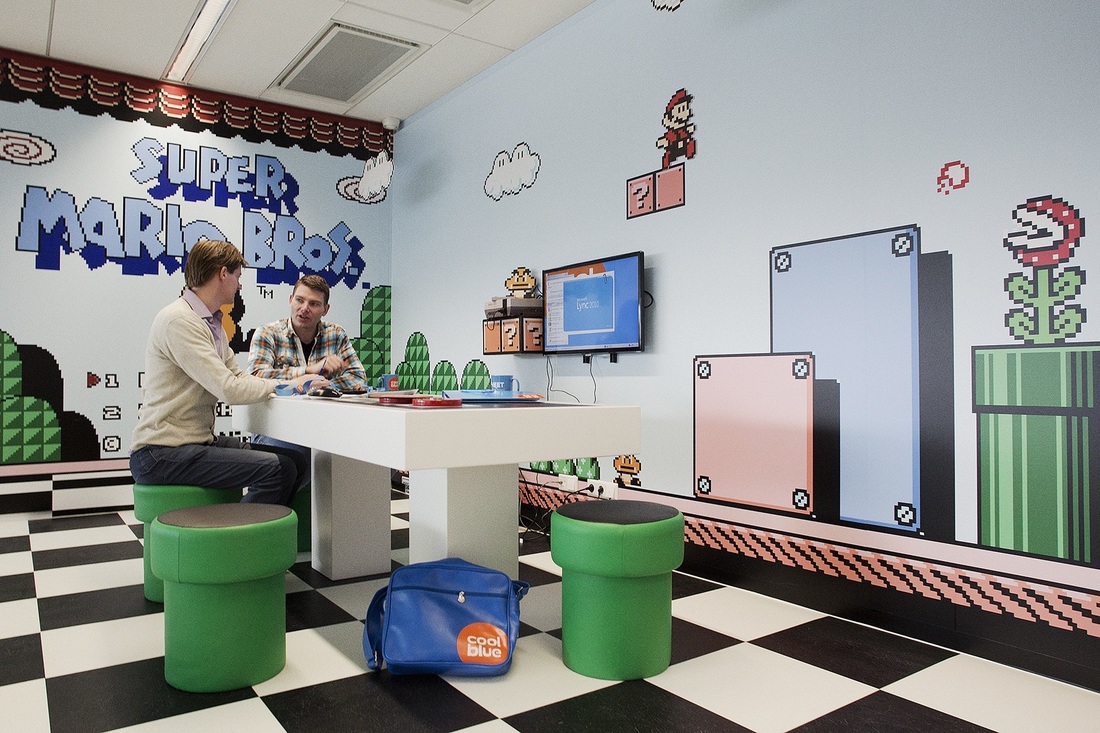


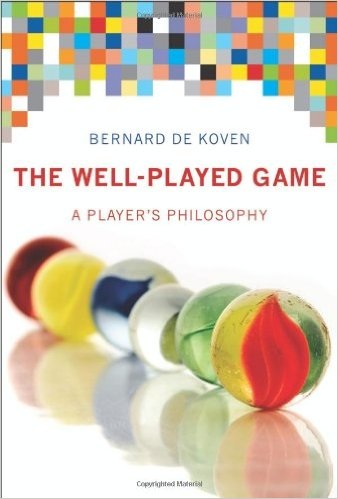


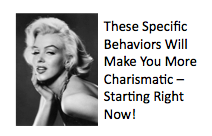





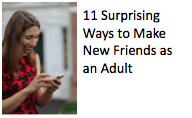



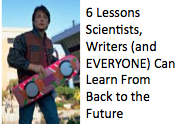






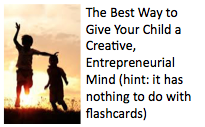
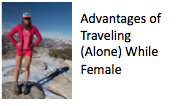





 RSS Feed
RSS Feed